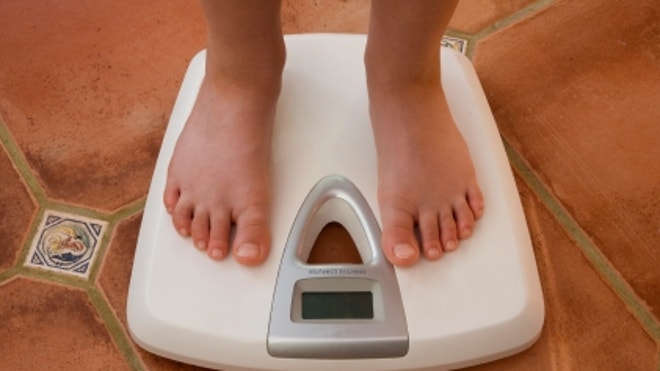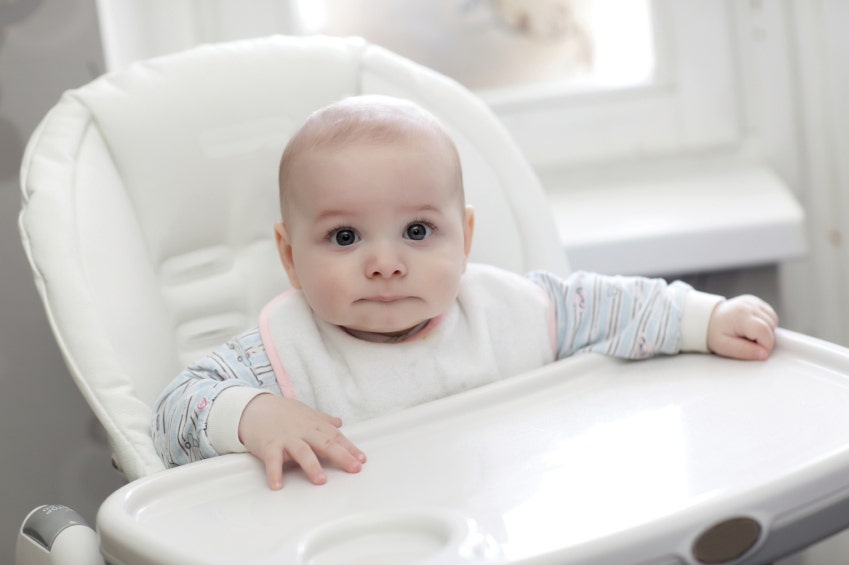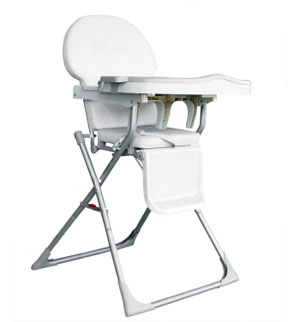
Scientists have found the first evidence that mindfulness meditation can reduce levels of pro-inflammatory genes which can lead to faster physical recovery from a stressful situation.
The new study by researchers in Wisconsin, Spain, and France found specific molecular changes in the body following a period of mindfulness meditation.
The study investigated the effects of a day of intensive mindfulness practice in a group of experienced meditators, compared to a group of untrained control subjects who engaged in quiet non-meditative activities.
After eight hours of mindfulness practice, the meditators showed a range of genetic and molecular differences, including altered levels of gene-regulating machinery and reduced levels of pro-inflammatory genes, which in turn correlated with faster physical recovery from a stressful situation.
“To the best of our knowledge, this is the first paper that shows rapid alterations in gene expression within subjects associated with mindfulness meditation practice,” said study author Richard J Davidson, founder of the Center for Investigating Healthy Minds and the William James and Vilas Professor of Psychology and Psychiatry at the University of Wisconsin-Madison.
“Most interestingly, the changes were observed in genes that are the current targets of anti-inflammatory and analgesic drugs,” said Perla Kaliman, first author of the article and a researcher at the Institute of Biomedical Research of Barcelona, Spain, where the molecular analyses were conducted.
Mindfulness-based trainings have shown beneficial effects on inflammatory disorders in prior clinical studies and are endorsed by the American Heart Association as a preventative intervention. The new results provide a possible biological mechanism for therapeutic effects.
The results show a down-regulation of genes that have been implicated in inflammation. The affected genes include the pro-inflammatory genes RIPK2 and COX2 as well as several histone deacetylase (HDAC) genes, which regulate the activity of other genes epigenetically by removing a type of chemical tag.
The extent to which some of those genes were downregulated was associated with faster cortisol recovery to a social stress test involving an impromptu speech and tasks requiring mental calculations performed in front of an audience and video camera.
There was no difference in the tested genes between the two groups of people at the start of the study. The observed effects were seen only in the meditators following mindfulness practice, researchers said.
In addition, several other DNA-modifying genes showed no differences between groups, suggesting that the mindfulness practice specifically affected certain regulatory pathways.
The study was published in the journal Psychoneuroendocrinology.
Source: business standard









 Every year, about 9,400 young children in the U.S. are injured falling off high chairs, a new study finds. Doctors warn that despite the chairs’ perceived safety, children in high chairs can be harmed if a chair is not used properly. The study also showed that the rate of such injuries increased by 22 percent over the study period, from 2003 through 2010. Head injuries were the most common type of injury associated with high chairs, followed by bumps or bruises and cuts, according to the study. The researchers looked at children ages 3 and younger who were treated in U.S. emergency departments, and the results are published today (Dec. 9) in the journal Clinical Pediatrics. “Maybe even more concerning, the rate of head injuries has increased by almost 90 percent between 2003 and 2010, and I think it begs the question, what’s going on?” said study researcher Dr. Gary Smith, director of the Center for Injury Research and Policy at Nationwide Children’s Hospital in Columbus, Ohio. Nearly all injuries associated with high chairs or booster seats involved falls. Most children fell as they were climbing or standing on the chair, suggesting that the chair’s safety restraint system was either not being used, or faulty, the researchers said. “We know that over the recent years, millions of chairs have been recalled in the U.S. because of not meeting safety standards. But usually, a very low percentage of recalled products are actually returned,” Smith told LiveScience. Parents should check the website of the federal government’s Consumer Product Safety Commission for product recalls, he said
Every year, about 9,400 young children in the U.S. are injured falling off high chairs, a new study finds. Doctors warn that despite the chairs’ perceived safety, children in high chairs can be harmed if a chair is not used properly. The study also showed that the rate of such injuries increased by 22 percent over the study period, from 2003 through 2010. Head injuries were the most common type of injury associated with high chairs, followed by bumps or bruises and cuts, according to the study. The researchers looked at children ages 3 and younger who were treated in U.S. emergency departments, and the results are published today (Dec. 9) in the journal Clinical Pediatrics. “Maybe even more concerning, the rate of head injuries has increased by almost 90 percent between 2003 and 2010, and I think it begs the question, what’s going on?” said study researcher Dr. Gary Smith, director of the Center for Injury Research and Policy at Nationwide Children’s Hospital in Columbus, Ohio. Nearly all injuries associated with high chairs or booster seats involved falls. Most children fell as they were climbing or standing on the chair, suggesting that the chair’s safety restraint system was either not being used, or faulty, the researchers said. “We know that over the recent years, millions of chairs have been recalled in the U.S. because of not meeting safety standards. But usually, a very low percentage of recalled products are actually returned,” Smith told LiveScience. Parents should check the website of the federal government’s Consumer Product Safety Commission for product recalls, he said Another reason for the increase seen in the study could be that more parents are taking their children to the hospital if a head injury occurs, Smith said. “There has been an increased awareness about the importance of minor head injury and concussion in the news. It is primarily related to sports, but it has also become on the radar for clinicians and parents,” Smith said. The researchers also compared injuries related to high chairs and booster seats with injuries associated with other types of chairs, including traditional chairs, and kids’ chairs. More than 40,000 injuries associated with chairs were reported each year during the study period, which translates to four children every hour. Children injured while using traditional chairs were more likely to sustain broken bones, cuts and bruises, compared with children who got hurt using high chairs, which have restraining systems. “I believe high chairs are safe, if they haven’t been recalled and if they are used properly,” Smith said. “Parents need to check the high chair they are using hasn’t been recalled. They also need be careful to use the restraining system, and use it every time.” Source: live science
Another reason for the increase seen in the study could be that more parents are taking their children to the hospital if a head injury occurs, Smith said. “There has been an increased awareness about the importance of minor head injury and concussion in the news. It is primarily related to sports, but it has also become on the radar for clinicians and parents,” Smith said. The researchers also compared injuries related to high chairs and booster seats with injuries associated with other types of chairs, including traditional chairs, and kids’ chairs. More than 40,000 injuries associated with chairs were reported each year during the study period, which translates to four children every hour. Children injured while using traditional chairs were more likely to sustain broken bones, cuts and bruises, compared with children who got hurt using high chairs, which have restraining systems. “I believe high chairs are safe, if they haven’t been recalled and if they are used properly,” Smith said. “Parents need to check the high chair they are using hasn’t been recalled. They also need be careful to use the restraining system, and use it every time.” Source: live science